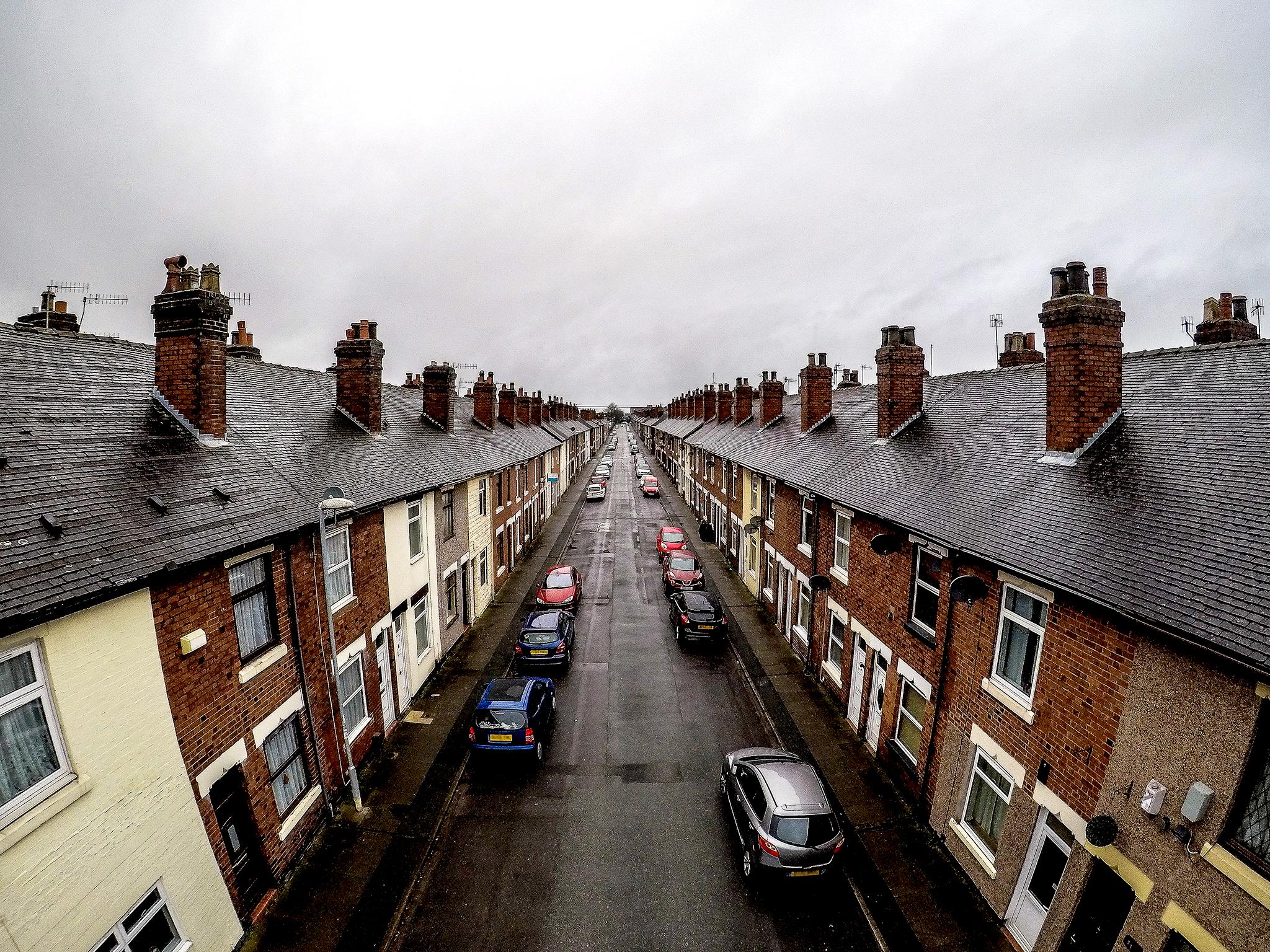The government needs a rental revolution if it is intent on ‘levelling up’ the country
While I hope to be reporting the latest new sustainable rental development in 20 years’ time, I fear I will be instead writing about a £1m council flat somewhere, writes Phil Thornton


When I started reporting on economics in the mid-1990s, the state of the British housing market was a key part of my news agenda. One of my first stories for The Independent was the shock news that a three-bedroom council flat in the north of the capital was selling for – wait for it – £150,000.
Two decades later and property prices are still on the radar of both the media and the financial authorities, although a one-bedroom second-hand council home on the same estate is now on for sale for £398,500.
This not just an idle obsession – although house prices seem to be a staple for those fabled north London dinner parties – but is a significantly important component of the UK economy.
The reason that journalists, City analysts and policymakers at the Bank of England follow it so closely is that housing was central to the two of the last major recessions to hurt this country.
In the late 1980s a price bubble burst dramatically, leaving thousands of people who had rushed to buy with negative equity – where their home was worth less than the mortgage – or simply homeless after handing back the keys to the bank. This was a strong memory through to the early 2000s.
Twenty years later many banks in the UK were offering so-called “suicide loans” of 120 per cent of the value to Ninjas – people with “no income, no job or assets”. In a bizarre innovation, investment banks packaged these loans and those by US households distastefully called sub-prime borrowers and sold those as bonds for other banks and institutions to buy.
When the banks belatedly realised in August 2008 that they were holding worthless bits of paper, the financial system seized up and the average UK property’s value plunged by 20 per cent over 16 months.
The UK housing market is susceptible to this boom-bust cycle because of six factors. The first is that the UK has a high rate of home ownership, especially since the Margaret Thatcher right-to-buy council house programme that pushed the rate up from around 57 per cent in 1980s to more than 73 per cent at its peak.
The denigration of council housing has helped make the idea of home ownership a social goal, which contributes to the second factor, that a home is increasingly seen as a status symbol.
The process has been helped by the deregulation of the mortgage industry – the third factor – which has made it easier for buyers to secure a loan and for more new players to enter the market, creating greater competition between them to win customers by offering better deals.
Fourth has been the chronic lack of supply of new homes to meet the needs of a growing and changing population, characterised by migration as well as divorce. The building of council houses has all but stopped, social housing providers have struggled to fill the gap and a planning system that is not fit for purpose has prevented private homes being built where they are needed. Airbnb and second homes don’t help.
In stark contrast to that is the fifth factor: decisions by successive governments to boost demand while ignoring supply. In 1983, the government created mortgage interest relief at source (Miras), which allowed couples to pool their tax-free allowances. A hastily announced decision to sharply reduce the benefits in 1988 triggered an artificial deadline that fuelled a house-buying bubble.
After the financial crisis Help to Buy offered government-backed loans for 20 per cent of the value. That has been abolished but the First Homes scheme, unveiled on Friday, will give 30 per cent discounts to an as yet unknown number of first-time buyers.
This cocktail of factors leads to the sixth corrosive factor behind our housing market, which is that residential property is seen as an investment as much as shelter.
What we are left with is a housing market not fit for purpose with huge prices in areas such as the southeast and a planning system that does not allow enough new homes in areas where businesses need workers. With evidence of heat returning to the market, we should be worried.
As well as regional inequality, there is intergenerational inequality with baby boom generation couples living in large homes with little incentive to downsize, while their grandchildren see getting on the housing ladder as an impossible dream.
What is needed is a rent revolution. High house prices are forcing more people to rent. While this is nothing new, as the re-run of the 1990s dark comedy This Life reminds us, again a lack of supply is driving rents up.
The latest Rental Index data for January 2020 showed that average rents across the UK rose by 2.3 per cent over the previous year to £953 a month, while in London they increased by 2.5 per cent to stand at £1,627 a month. Many of these could be described as sub-prime homes.
If the government is serious about “levelling up” the country, then only a programme of mass construction of affordable homes for rent, whether through local councils or developers, to hit its 300,000 a year target will even out both regional and generational inequalities.
While I hope to be reporting the latest new sustainable rental development in 20 years’ time, I fear that I will be instead writing about a £1m council flat somewhere on a north London council estate.
Join our commenting forum
Join thought-provoking conversations, follow other Independent readers and see their replies
Comments